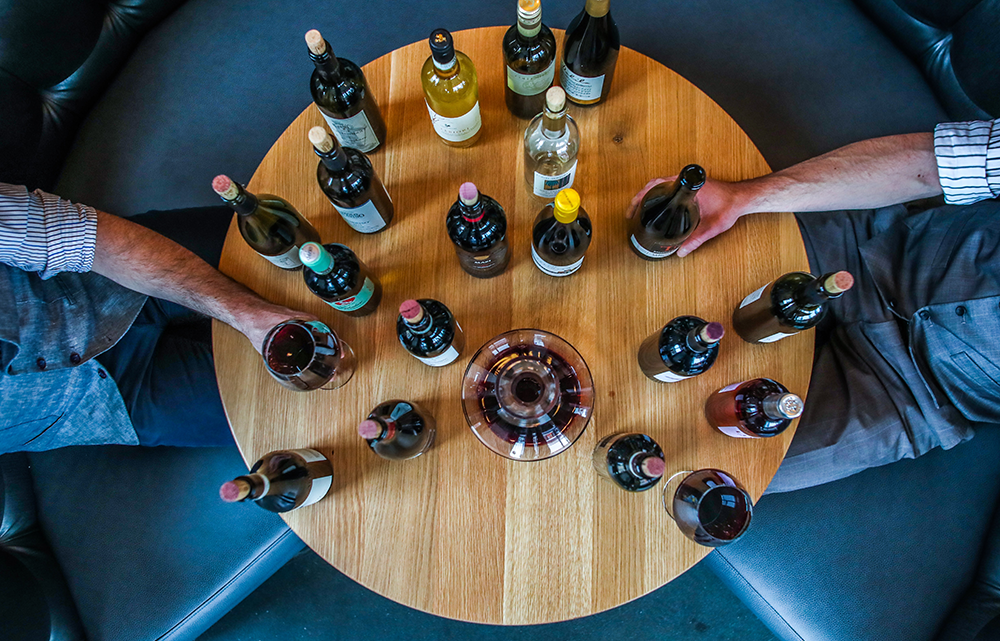Red or White: How to Choose Wine That Matches Your Dinner
General knowledge among diners and dinner hosts would be that white wine goes with seafood and red wine goes with red meat. However, that may not always be the case. Enrolling in a wine course can definitely help expand your horizons and knowledge of wine pairing, especially for those who are serious enough and eager to undertake the complexity of the grape-derived beverage. Here are some tips to keep in mind even before taking that wine class.
Bubbles to Start off the Meal
If you are having a salty appetizer, such as crisps or fried finger food, a glass of sparkling wine is a good way to kick off the meal. Be it a Cava, Prosecco or Champagne, the acidity from this wine helps freshen and revive the palate, while not being too overwhelming for the food.
Acidity to cut the Fatty Fish
Seafood with a high amount of oils and natural fat such as salmon, crab and catfish are perfectly coupled with a glass of dry and crisp Pinot Grigio or Sauvignon Blanc. A citrusy Chardonnay will also work well in cutting the richness of a buttery seafood dish. If you are interested in veering away from the typical white wine with seafood, you can swap the white with a glass of light red wine such as a Pinot Noir or a Chianti.
Bold and Fruity for the Red and Juicy
Bold and fruity wines such as Cabernet Sauvignon, Malbec or Pinot Noir pair well with juicy red cuts of meat or strong flavoured main courses. The fruity bouquet of the wine adds a sweet aroma to the meal, bringing out the natural sweetness of the meat and taking flavours to another level.
Lower Alcohol to Complement the Spice
A low alcohol content and slightly sweet wine, balances out the bold and fiery flavours of a spicy dish. Try pairing heavily spiced dishes with a cold glass of Riesling or a dry red wine such as Shiraz or Syrah.
Sparkling to Emphasise the Sweet
A slightly sweet sparkling wine can take your dessert to the next level with its ability to heighten natural sugars, especially in fruit desserts. Serve a fresh berry tart with a glass of Moscato d’Asti, a semi-dry champagne or an Asti Spumante.
At the end of the day, wine is really all about preference. There’s no point in having wine if you don’t enjoy its flavor. If you know exactly what you like, there is no harm in going with your go-to bottle regardless of what you have for dinner. If you want to elevate your meal with complementary flavors that bring out the best of each dish, you may want to try pairing the “correct” wine with your food.

